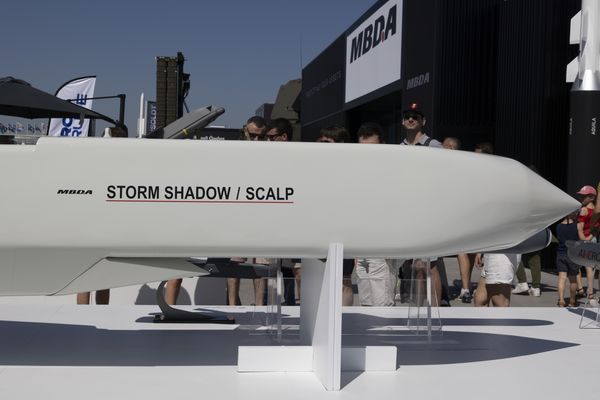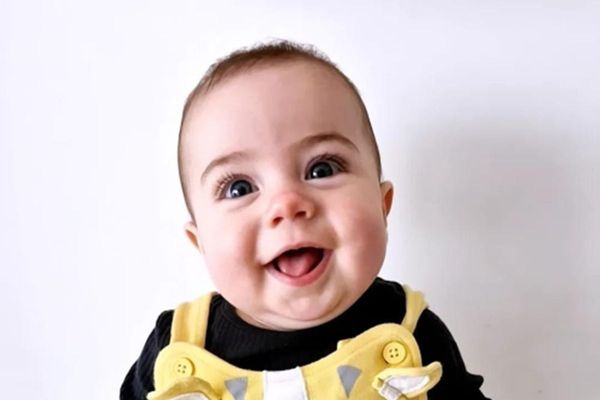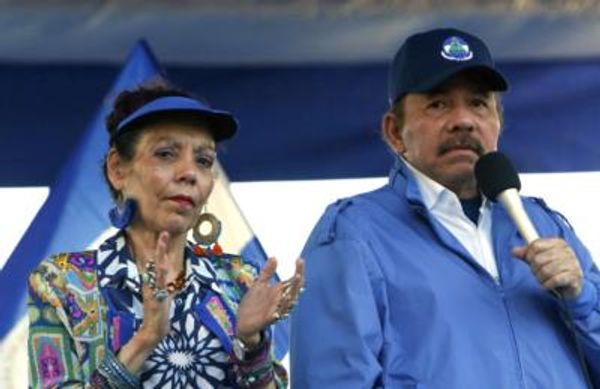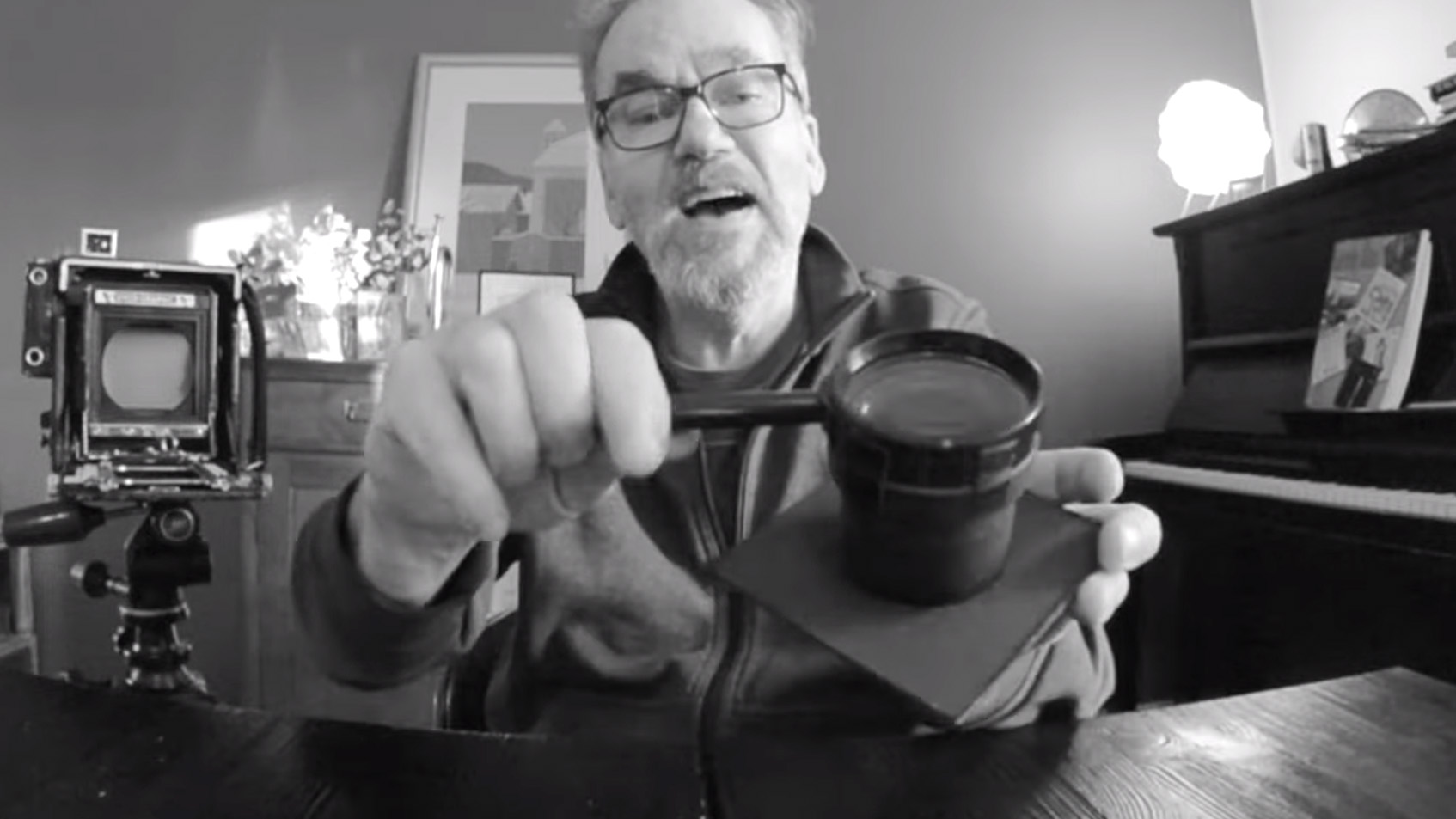
If you're fed up with the high cost of camera lenses, help may be at hand. Ari Jaaksi, a photographer in Finland, built his own lens for a mere 8 euros ($8.72/£6.71). Naturally, such a lens isn't going to rival the optical quality of the best Canon RF or Nikon Z lenses, but that's not the point here. Jaaksi's built his lens to be used with a vintage Graflex medium format film camera, as an experimental project where the lens's charismatic lo-fi look matters far more than outright sharpness.
Read more:
The best creative effect lenses
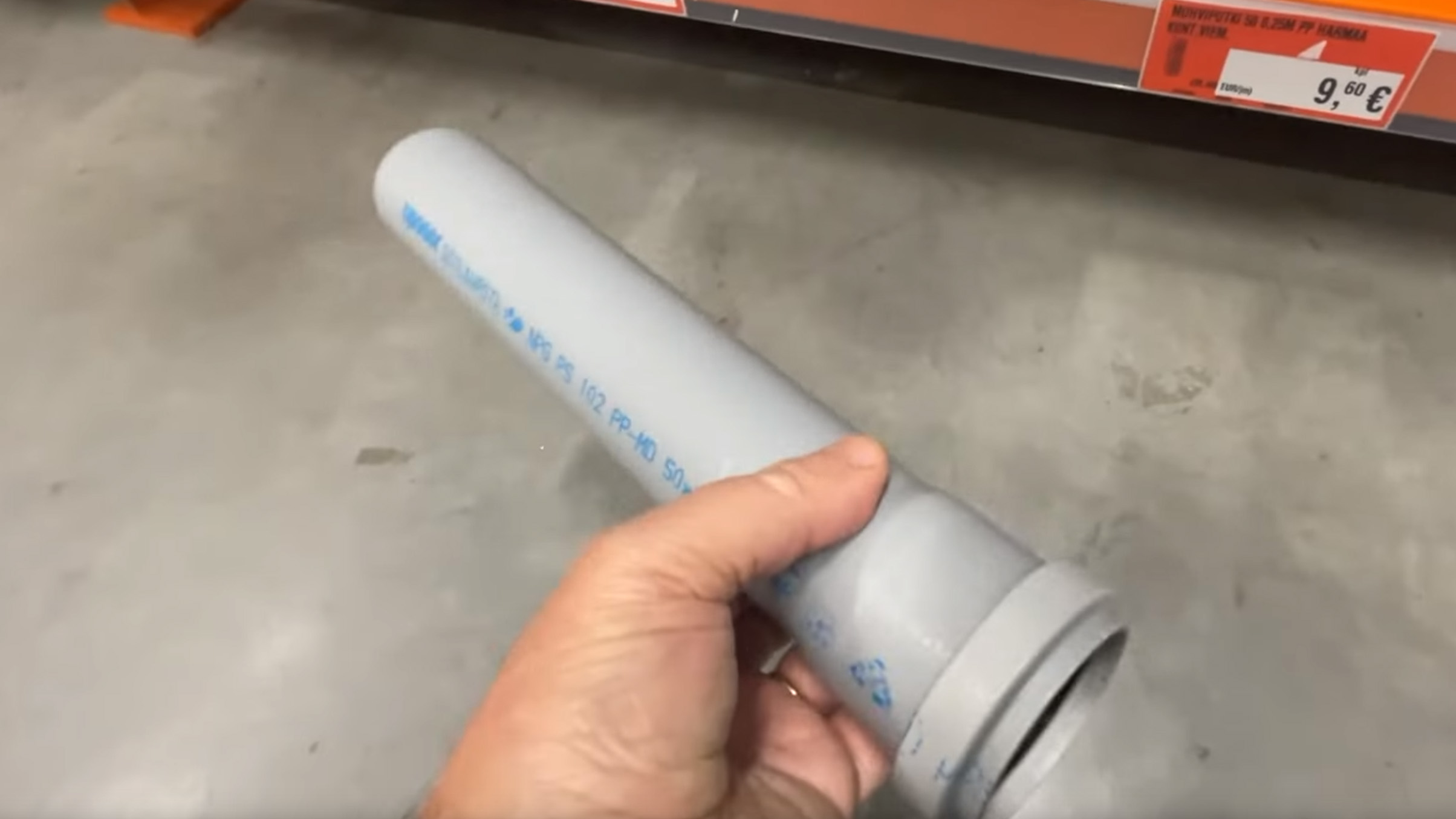
In order to make his lens so cheaply, Jaaksi used a short length of drainpipe for the lens barrel, spray painted black inside to prevent internal reflections, and then he fixed a regular magnifying glass to each end to serve as the optical 'stack'. In order to mount the lens to the camera body, it was also necessary to fashion a lens board/mount; in this case out of some hardboard from an old Ikea drawer bottom. Determining the precise length of drainpipe needed to create the final lens barrel first required some trial-and-error hand-held positioning of the two magnifying glasses in front of the camera. This allowed Jaaksi to preview where the optics would form a clear image on the camera's ground glass - the viewfinder 'screen' used by old medium format film cameras.
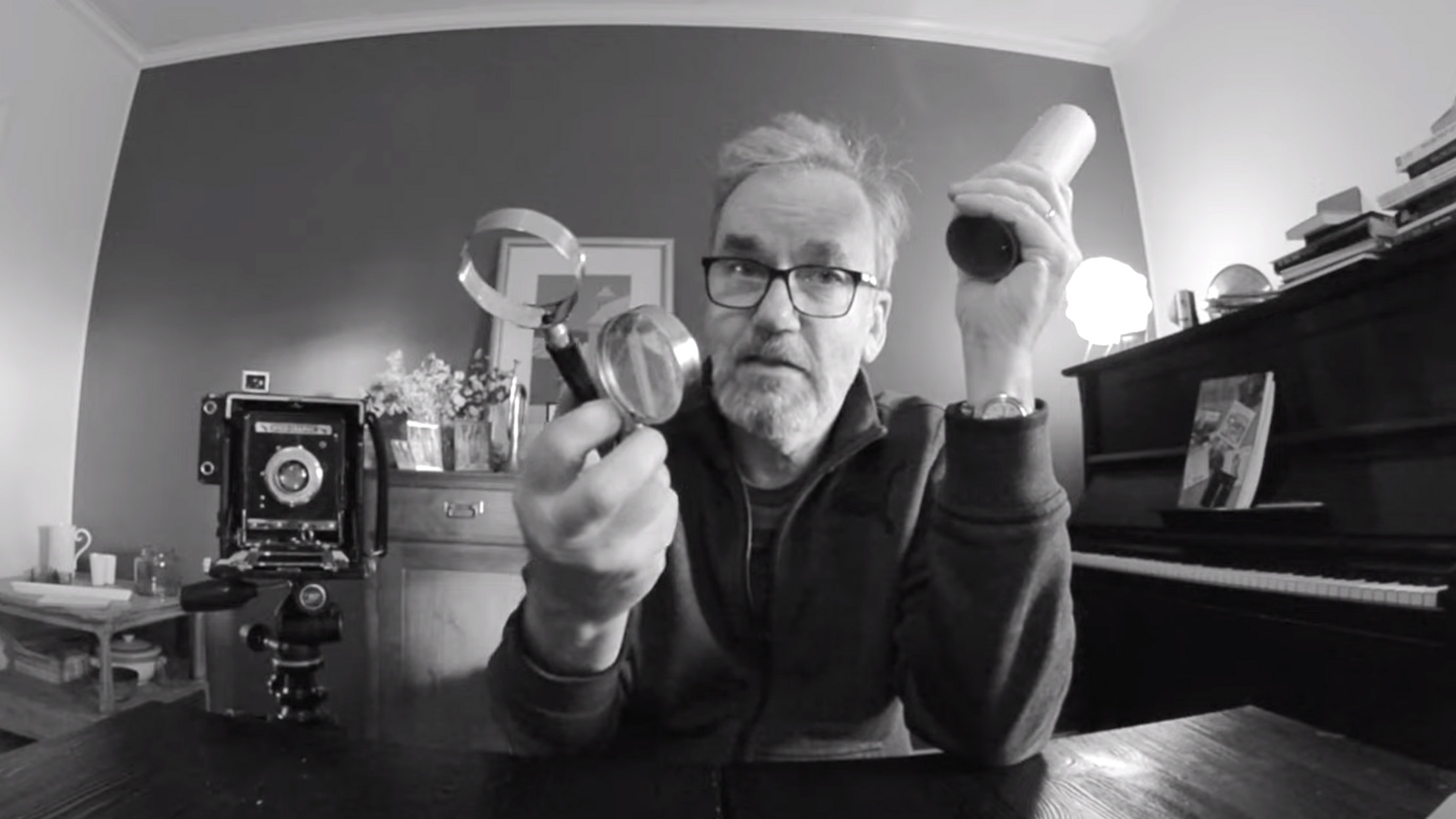
With the lens now built (and with the handle of the front magnifying glass retained for a little extra fun factor!), Jaaksi then needed to determine the lens's f/stop aperture value, in order to set the correct film exposure. This was done by calculating the lens's focal length: a process of focussing on objects at varying distances, measuring them in reality as well as the size of their image on the camera's ground glass, and then entering these values into an online calculator to determine the focal length of the lens. With the focal length calculated at 130mm, this value could then be divided by the the lens's entrance pupil diameter (simply the internal 50mm diameter of the drain pipe), resulting in an aperture value of f/2.6.
To add some aperture control for increasing the lens's depth of field and overall image sharpness, Jaaksi also cut some basic Waterhouse aperture plates from thin aluminum and drilled a hole in each, with the diameters corresponding to f/5.6, f/8 and f/16 apertures. A slot in the top of the drain pipe barrel allowed the plates to simply slot in from above, thereby narrowing the lens aperture.
Such a basic lens with completely fixed optics is only possible due to how Jaaksi's Graflex Speed Graphic camera focusses. In a typical modern lens, the elements move closer or further away from each other within the lens barrel in order to focus the lens. Obviously this isn't possible with Jaaksi's DIY creation, but that doesn't matter here. The Graflex camera focusses by moving the entire lens - mount included - on a focus bed to and from the film, with bellows enabling the camera body to expand and contract without light leaking inside.
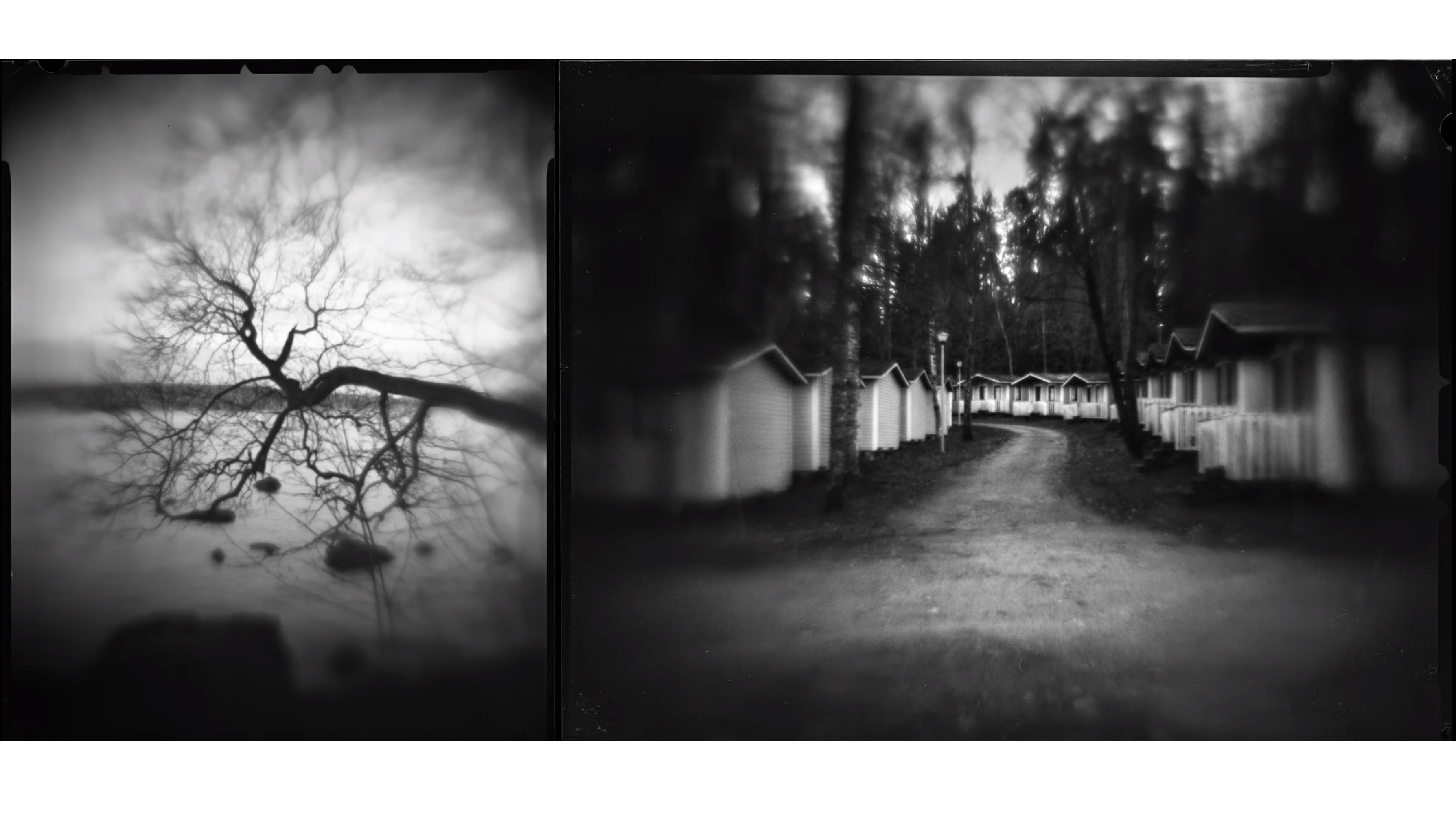
And the end result? Surprisingly attractive image quality that fans of Lomography or Lensbaby special effect lenses would pay big money for. There's enough sharpness in the center of frame to capture sufficient detail in the subject, with plenty of softness towards the edges of frame to isolate and draw attention to the central region. Switching to smaller diameter aperture plates also provided a marked increase the lens's depth of field.
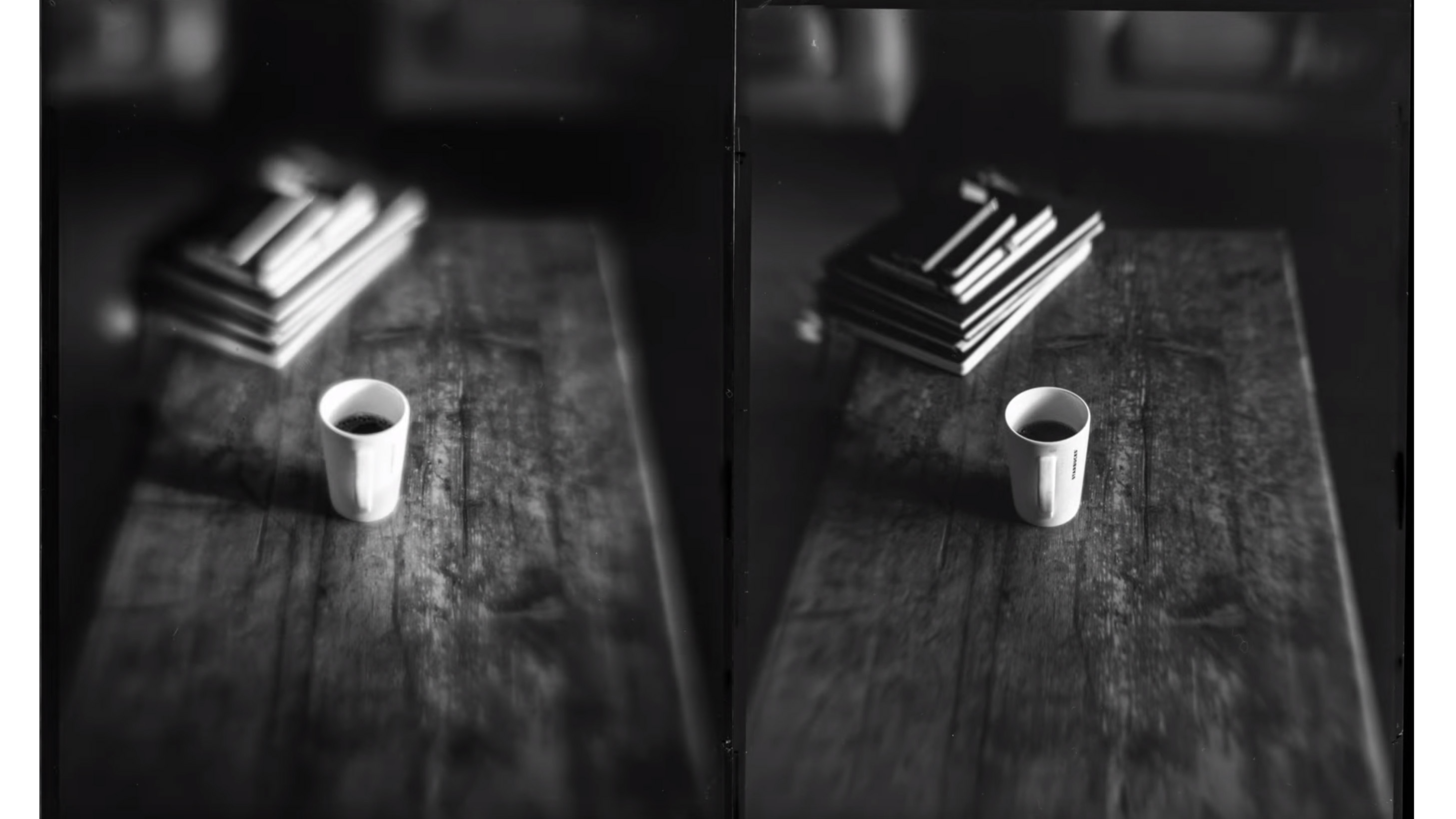
While obviously constructed as a cheap experiment, the 8-euro drainpipe lens shows that you don't need to spend big bucks to get creative with your photography and snap artistic shots. After all, a compelling, eye-catching photo rarely requires the very best camera and sharpest-possible lens.
